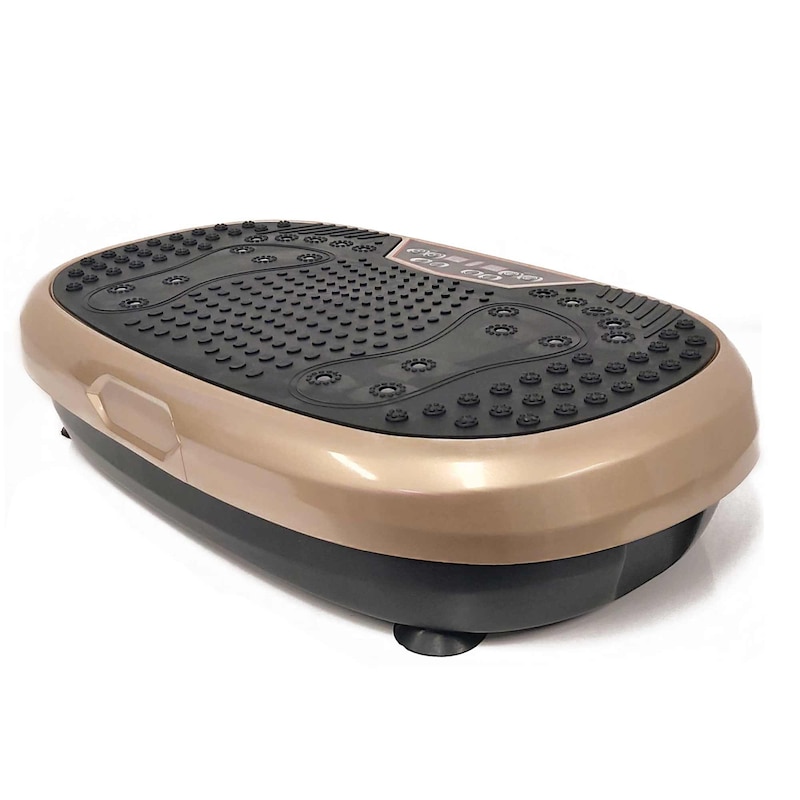Lower back pain, a pervasive issue affecting millions worldwide, prompts individuals to seek innovative and non-invasive solutions for relief and rehabilitation. Among various therapeutic options, vibration platforms have gained attention for their potential benefits in managing lower back discomfort. This article delves into the science behind vibration platforms, explores their role in alleviating lower back pain, and provides practical advice for those considering this therapy.
The Science of Vibration Platforms
Vibration platforms generate high-frequency vibrations that are transmitted through the body. This mechanical stimulus leads to rapid muscle contractions and relaxation cycles, effectively engaging muscle fibers. The underlying mechanisms through which these platforms may benefit individuals with lower back pain include:
- Enhanced Muscle Strength: The involuntary muscle contractions can strengthen the core and lower back muscles, providing better support to the spine and potentially reducing discomfort.
- Improved Circulation: Vibration therapy can stimulate blood flow, enhancing the delivery of oxygen and nutrients to the muscles and facilitating the removal of waste products, which may aid in the healing process.
- Increased Flexibility: Regular use of a vibration platform can improve flexibility and range of motion, potentially reducing stiffness and enhancing mobility.
- Pain Modulation: Exposure to vibration may alter pain perception, possibly providing temporary relief from lower back discomfort.
Benefits for Lower Back Pain
Integrating vibration platform therapy into a comprehensive treatment plan for lower back pain could offer several benefits, including:
- Non-pharmacological Pain Relief: As a drug-free approach, vibration therapy offers an alternative to medication, reducing the risk of side effects and dependency.
- Convenience and Accessibility: Vibration platforms can be used at home or in a clinical setting, making them a convenient option for regular therapy.
- Complement to Conventional Treatments: This therapy can be used alongside other treatments, such as physical therapy and exercise, to enhance overall effectiveness.
Safety and Considerations
While vibration platforms present an intriguing option for managing lower back pain, certain considerations must be taken into account to ensure safety and efficacy:
- Medical Consultation: It’s essential to consult with a healthcare professional before beginning vibration therapy, particularly for individuals with specific health conditions, such as spinal injuries, osteoporosis, or cardiovascular issues.
- Gradual Introduction: Starting with lower intensity and shorter sessions allows the body to adjust to the vibrations, minimizing the risk of adverse effects.
- Listen to Your Body: Monitoring how the body responds to vibration therapy is crucial. Discontinue use and seek medical advice if pain intensifies or new symptoms emerge.
- Integration with Holistic Care: For optimal results, vibration therapy should be part of a broader treatment strategy that includes exercise, ergonomic adjustments, and, if necessary, weight management.
Conclusion
Vibration platforms offer a promising adjunct therapy for individuals experiencing lower back pain, providing a unique combination of muscle strengthening, improved circulation, and pain modulation. By approaching this therapy with informed caution and integrating it into a comprehensive care plan, individuals may find significant relief from lower back discomfort. As research evolves, the potential for vibration platforms in the realm of back pain management continues to expand, offering hope for those seeking non-invasive and effective treatment options.





